The 18th
LaureateSculpture
Christian Boltanski
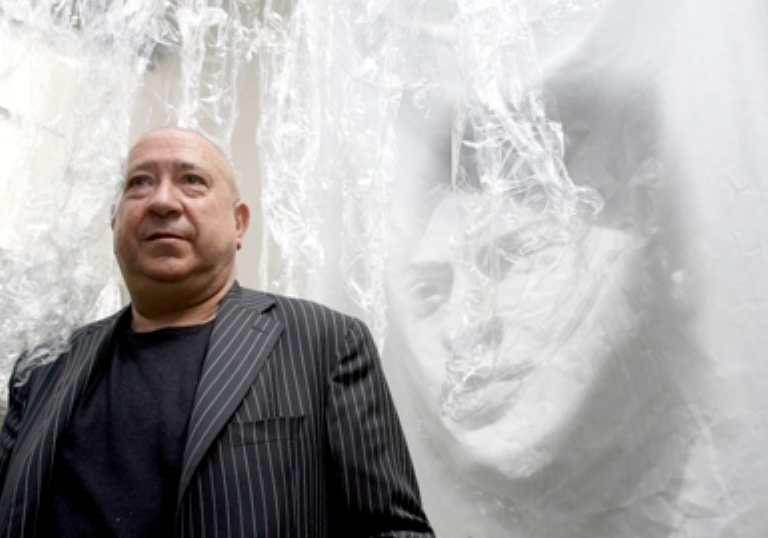
Boltanski is a self-taught artist who started painting large figurative works when he was 13. He went on to produce installations and films that were shown in 1968 in his first exhibition entitled "La Vie Impossible." 1969 marked a turning point with his nine-page booklet
« recherche et présentation de tout ce qui reste de mon enfance » concluding that childhood is the first thing that dies in us.
Through the use of documents that did not pertain to him,his work became an autobiography of individual collective memory based on the observation that every instant of our lives is immediately transformed into a past that is as definitive as death.
In the 1980's he broadened the scope of his work,moving to collective destinies in the context of the 20th century,highlighting concepts of guilt (Reserve: Detective series) and destiny (The Missing House),and classical themes(Archive Dead Swiss).
Boltanski says that he has attempted through a wide range of media,including joint productions in musical theater and opera,and ephemeral installations of more than 20 years,to raise existential issues with his viewers.
Biography
Boltanski is a self-taught artist: he left school and formal education at an early age and started painting large figurative works when he was 13. He went on to producing installations and films that were shown in 1968 in his first exhibition entitled "La Vie Impossible" at the Ranelagh movie theater in Paris.
1969 marked a turning point when he produced a nine-page booklet entitled « recherche et présentation de tout ce qui reste de mon enfance ». In this first autobiographical experience he came to the conclusion that childhood is the first thing that dies in us. His approach was based on archeological techniques and placed his work,as Harald Szeeman pointed out,in the realm of individual mythology.
Through the use of documents that did not pertain to him,the work became an autobiography of possibilities and imagination,a kind of individual collective memory. Boltanski's approach stems from the observation that every instant of our lives is immediately transformed into a past that is as definitive as death.
In the 1980's he broadened the scope of his work,moving from personal to collective destinies,in the context of the 20th century and the conflicts of that period. He took an interest in the concepts of guilt ("Reserve: Detective" series) and destiny ("The Missing House"); he revisited classical themes,such as Vanities ("Archive Dead Swiss"). Although his work has involved the most variegated media: photography,sculpture,collage,video and sound,he claims his place in tradition and has always called himself a "painter".
Through his work,exhibited in most of the world's great museums,his joint productions in musical theater and opera,his ephemeral installations of more than 20 years,Boltanski has used sensitive means in an attempt to raise existential issues with his viewers.
Chronology
-
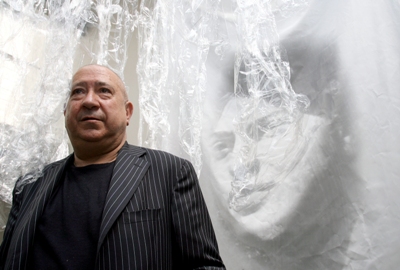
Christian Boltanski at his studio in Paris
-
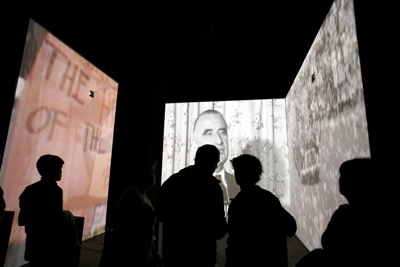
6 septembres, 2004, La Force de L’Art (Grand Palais)
-
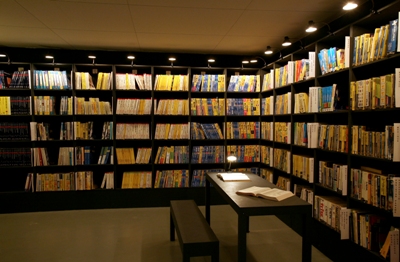
Les abonnes du telephone, 2000
-
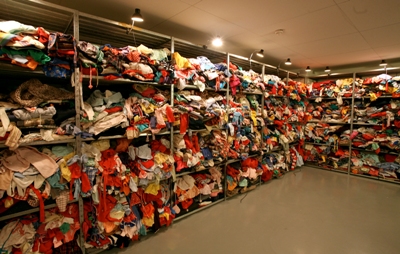
Reserve du Musee des Enfants 1, 1989,
-
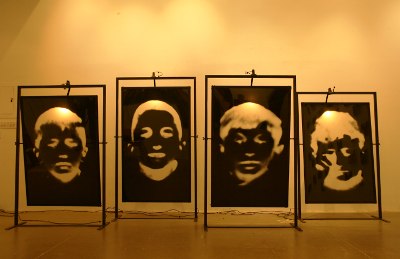
Les Miroirs Noirs, 2000 Marian Goodman Gallery, New York & Paris
-
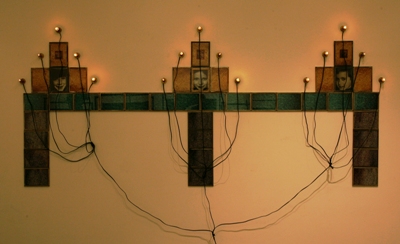
Monument, 1986 Marian Goodman Gallery, New York & Paris
-
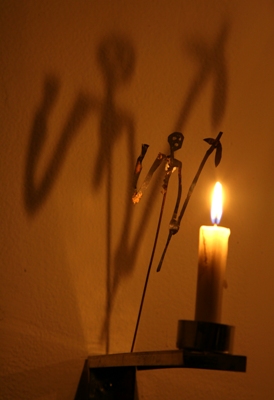
Les Bougies, 1987 Marian Goodman Gallery, New York & Paris
-
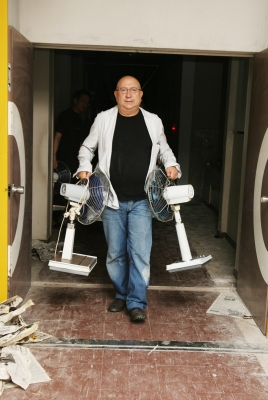
Echigo-Tsumari Art Triennial 2006
-
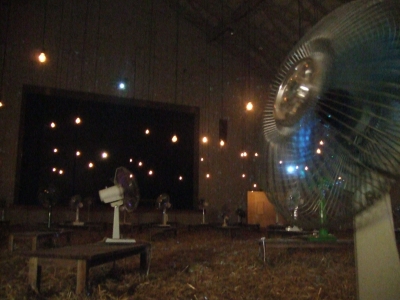
The Last Class
